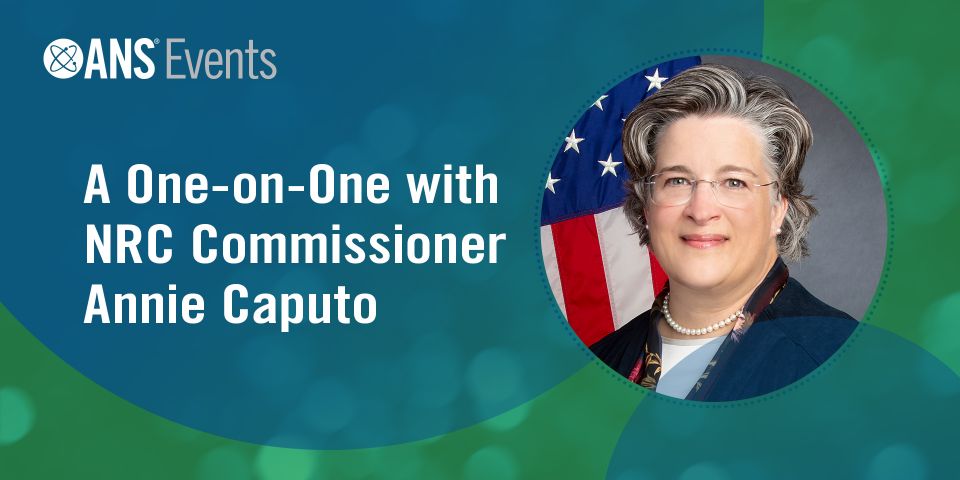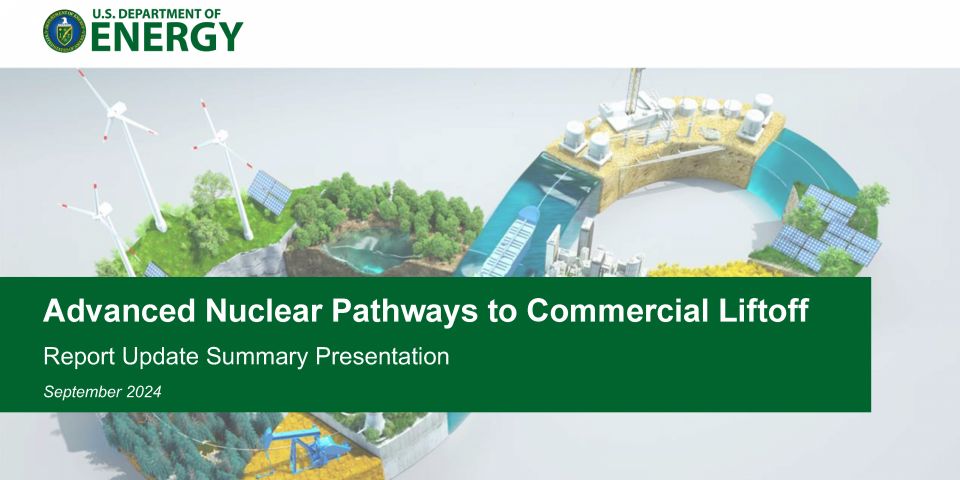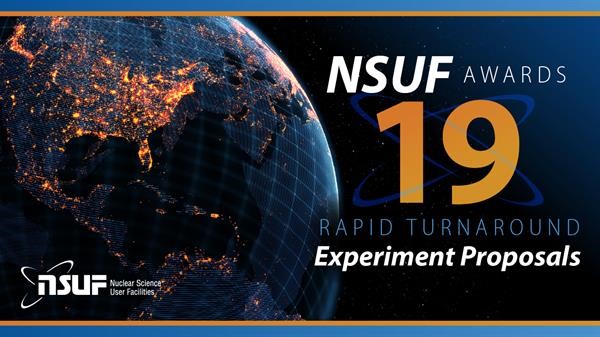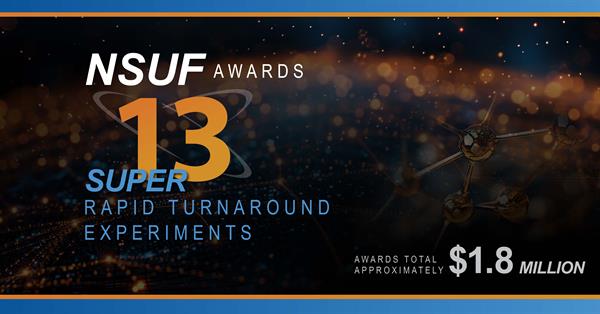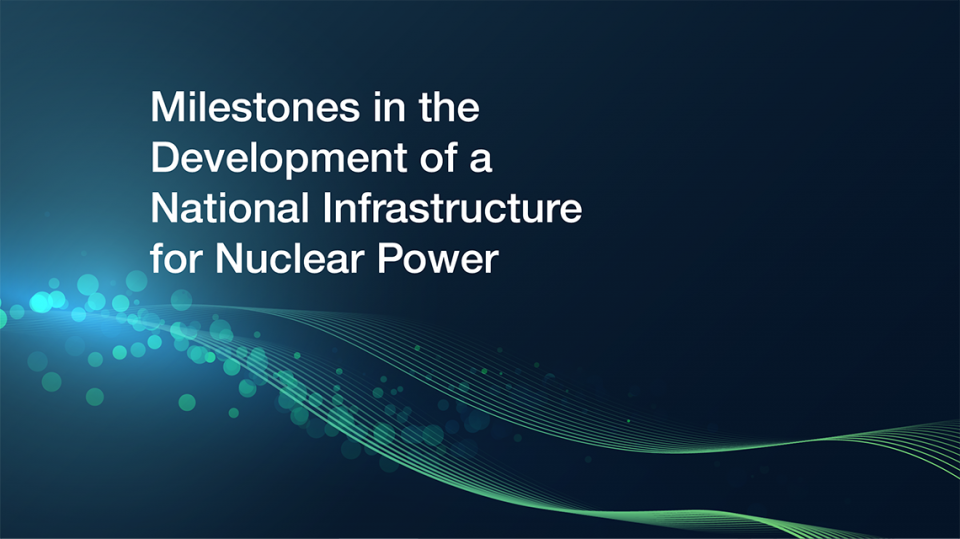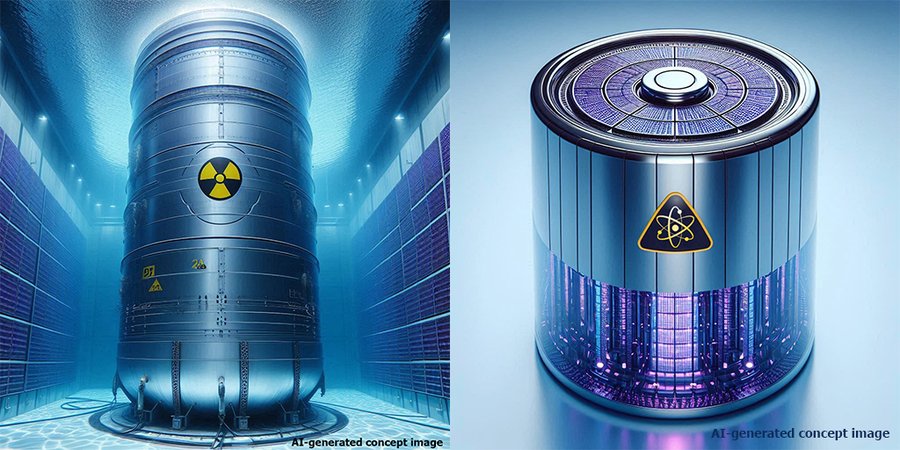ANS webinar explores the future of a clean U.S. electric grid

ANS held a panel discussion on Wednesday to look at where the United States energy system is headed in the next 15 years. The webinar, “What will a clean U.S. electric grid look like in 2035?” drew 465 viewers from 25 nations.
A recording of this webinar is archived along with all past ANS webinars on the ANS webinars page.
Clean firm resources: Ejeong Baik, a Ph.D. student in energy resources engineering at Stanford University, spoke first about the role that “clean firm resources” play in decarbonizing the power grid. Baik defined those resources as ones that are dispatchable and not necessarily dependent on weather conditions to operate. They include both renewable (biomass, geothermal) and non-renewable (nuclear, hydrogen) resources. In a study she participated in, researchers found that “clean firm resources can reduce overall system costs, complement renewable energy resources, and enable overall operational flexibility.”
Patrick Brown, a recent postdoctoral fellow at the Massachusetts Institute of Technology Energy Initiative and a current researcher at the National Renewable Energy Laboratory, presented information on his paper that examined the feasibility of decarbonizing the U.S. electricity grid using currently deployed technologies at gigawatt scale.
An elegant solution: Shannon Bragg-Sitton, the lead for Integrated Energy Systems in the Nuclear Science and Technology Directorate at Idaho National Laboratory, said she expects that by 2035, the United States will have first-generation advanced nuclear reactors coming on line, and that by 2050 they will be meeting even more energy demands, alongside other clean-energy generators. She advocated for an “elegant solution” using multiple clean energy sources collectively to maximize their utilization.
Commercializing ammonia energy: Trevor Brown, executive director of the Ammonia Energy Association, said his group is trying to achieve two goals. The first is to decarbonize the process of making ammonia, which is the second-most created chemical on the planet. Brown said that would eliminate roughly 1 percent of global greenhouse gas emissions. Step two would be to use those molecules in ways that focus on energy and emissions reduction. He said he is confident that the concepts of nuclear hydrogen and nuclear ammonia are going to be talked about a great deal in the near future.
Partnering with hydropower: Malcolm Woolf, president and chief executive officer of the National Hydropower Association, concluded the introduction portion of the discussion by asserting that the hydropower and nuclear sectors would do well to work together. “A partnership with nuclear makes a ton of sense,” he said. “Neither technology is getting valued for its carbon-free attributes, and both technologies are at risk.”
He said it: “While no one can say for certain exactly how the clean energy grid of the future will look, it’s clear that the interactions among generators and distributors of electrons and molecules will be much more complex than they are today,” said ANS President/CEO Craig Piercy, who served as the webinar moderator. “The success of nuclear will ultimately be determined in no small part by its ability to integrate into this evolving technology, economic, and policy landscape.”



